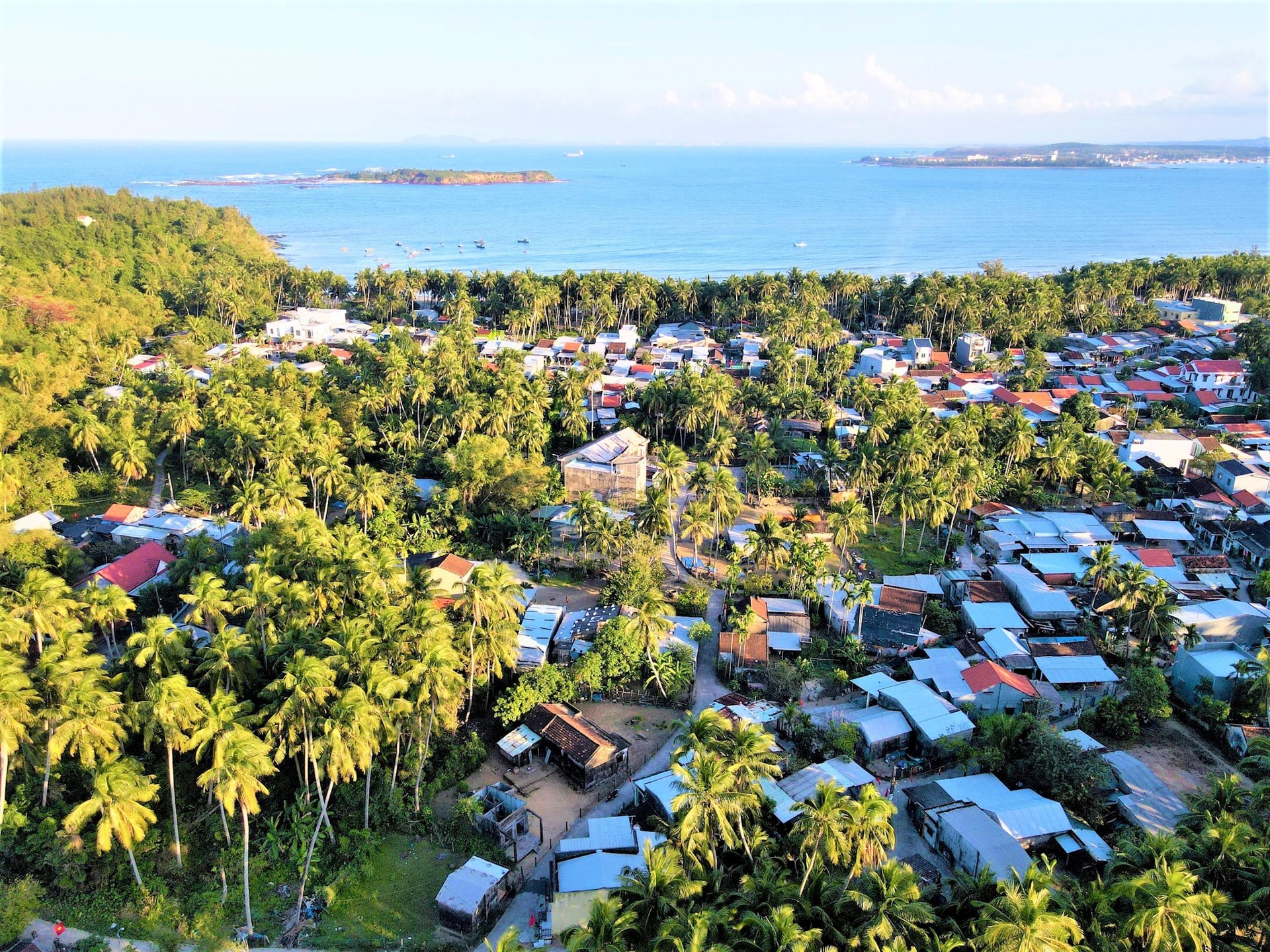
The aforementioned landscape belongs to Tam Hai island commune, Nui Thanh district, Quang Nam province. It covers an area of 15.03 km2, has a population of approximately 8,500 people, and is bordered by the sea in three places and a river in one place. According to the Quang Nam Provincial Management Board of Historical Sites and Scenic Spots: "Ban Than – Hon Mang – Hon Dua is a cluster of scenic spots developed on hard, metamorphosed sedimentary rocks dating back more than 400-500 million years."
To better understand this place, we visited it in mid-August. Following the cliffs around the Ban Than mountain pass, we witnessed the black rock formations rising high from the sea, which the locals call Ong Dun - Ba Che. Here, the rocks are covered with a smooth layer of green moss, the sea is very calm, and the water is clear blue. Here and there, tourists stroll, and further out at sea, we saw fishing boats. On shore, we felt the cool breeze blowing in from the sea, feeling as if we were one with nature.
On this visit to Tam Hai island commune, we had the opportunity to talk with Mr. Nguyen Ngoc Tho, Secretary of the Thuan An village Party branch. He shared his thoughts: “We don’t know the full story of the Ban Than – Hon Mang – Hon Dua scenic spot; we only know about its history, which spans nearly 500 years. But our ancestors and subsequent generations have lived here, loved the sea and our homeland, and are very proud of this cluster of scenic spots.” Then, Mr. Tho led us to meet the oldest resident in the village, Mr. Nguyen Duc Ba, hoping to hear stories still etched in his memory.

Sharing a cup of tea with us, Mr. Nguyen Duc Ba recounted, "Legend has it that our ancestors traveled along the coast to make a living. When they arrived here, they saw the land jutting out into the sea, the waves were gentle, the water was clear and calm, and there was an abundance of seafood, so they decided to settle here. Initially, they lived at the foot of the mountain, then gradually moved inland and established this land. Their descendants have continued the fishing profession to make a living and protect the sea."
According to Mr. Ba, Ban Than mountain is flat and elongated. Therefore, according to the elders, its original name was "Bang Than," meaning a mountain that is too flat. Later generations mispronounced it as Ban Than.
Meanwhile, according to documents published in July 2017 by geologists Nguyen Xuan Bao and Trinh Long regarding the aforementioned site, it mainly consists of amphibolite schist, with some amphibolite in places, the schist surface dips southwest at a 30-degree angle. Ancient marine terraces, 20-36m high and approximately 20 hectares wide, are found at Ban Than Mountain, their age undetermined; terraces 10-14m high and a few hectares wide are found at Hon Dua and Hon Mang islands, presumed to be of late Pleistocene age. Younger, corresponding to the Middle Holocene and Middle-Late Holocene, are eroded terraces; erosion-accumulation terraces 5-6m and 2-3m high, respectively. Concurrent with each terrace surface are erosion-and-absorption cliffs cutting into the bedrock, steep and very steep, with relative heights ranging from a few meters to 5-10m.

According to Mr. Do Kim Hung, Vice Chairman of the People's Committee of Tam Hai commune, "According to research results from scientists, Tam Hai island commune, and especially the area surrounding the scenic spots of Ban Than, Hon Mang, Hon Dua... currently has more than 90 hectares of coral reefs, with about 100 species, mostly staghorn coral and massive coral. The Tam Hai coral reef ecosystem has 41 species of seaweed, 168 species of fish, many of which have economic value such as snapper, grouper, and barramundi, along with red lobster, pebble lobster, and many beautiful snail species, in addition to some aquatic species that can be used as medicinal herbs."
Mr. Do Kim Hung also stated: “The Ban Than - Hon Mang - Hon Dua National Monument and Scenic Area is a well-known landmark. This area features the Ban Than rapids extending around a small mountain, with black rock formations of various shapes, arranged randomly like countless sculptures nestled between heaven and earth, providing a fascinating experience for every visitor.”
Indeed! Attracted by the beauty of Ban Than - Hon Mang - Hon Dua, many locals and tourists have come here to visit and experience life with the people on Tam Hai Island. Especially after the Covid-19 pandemic was brought under control, the number of tourists visiting the island commune to see the scenic spots and experience local life has increased significantly.
Ms. Truong Thi Cuc, from Tam Hai commune, said: "Not only do tourists visiting Ban Than - Hon Mang - Hon Dua stop by to drink water and buy local specialties such as wild vegetables, fish, shrimp, crab, and sea crabs, but groups from far away also order meals from my family for parties and gatherings. Thanks to this, I have a source of income to support my family."
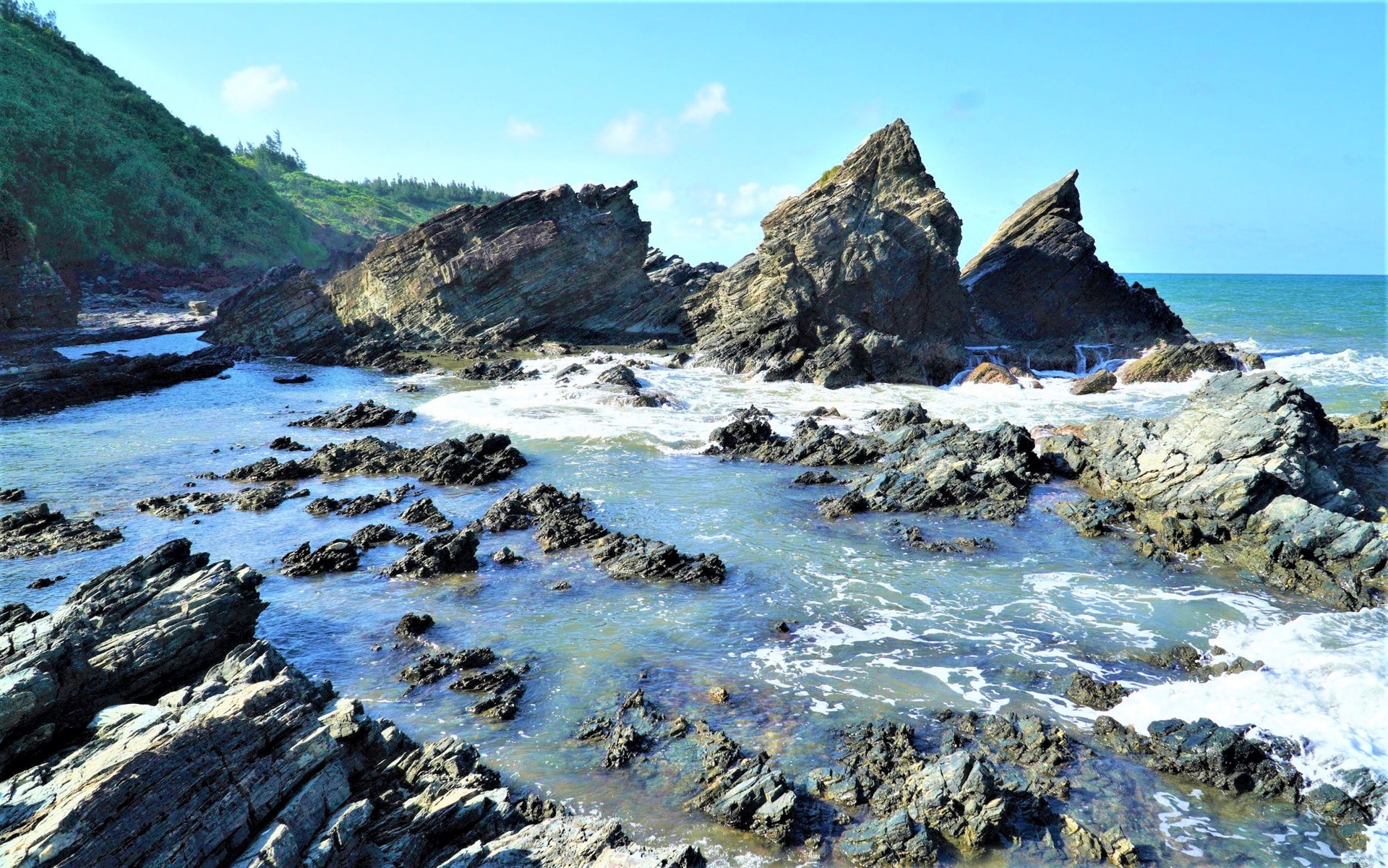
Mr. Nguyen Thanh Hong, Director of the Department of Culture, Sports and Tourism (CST) of Quang Nam province, said that in February, the Ministry of Culture, Sports and Tourism issued Decision No. 393 recognizing Ban Than - Hon Mang - Hon Dua as a national historical site. The Department has also requested Nui Thanh district and Tam Hai commune to develop a plan and regulations for protecting and promoting the value of the site in conjunction with the development of tourism and socio-economic development of the locality. The Department is also promoting social mobilization in the preservation and promotion of the site's value, creating all conditions for investing resources in the sustainable exploitation of the Ban Than - Hon Mang - Hon Dua scenic area.
Mr. Nguyen Thanh Hong, Director of the Department of Culture, Sports and Tourism of Quang Nam province, said: “With Ban Than - Hon Mang - Hon Dua recently recognized as a national historical site by the Ministry of Culture, Sports and Tourism, the local government and people are working together to promote and introduce this scenic spot, while also doing a good job of protecting the environment and landscape of the national historical site. We are developing suitable tourism products to attract tourists and contribute to socio-economic development.”
Source: https://daidoanket.vn/ban-than-hon-mang-hon-dua-danh-thang-quoc-gia-quyen-ru-vi-ve-dep-hoang-so-10291090.html


![[Photo] Closing Ceremony of the 10th Session of the 15th National Assembly](/_next/image?url=https%3A%2F%2Fvphoto.vietnam.vn%2Fthumb%2F1200x675%2Fvietnam%2Fresource%2FIMAGE%2F2025%2F12%2F11%2F1765448959967_image-1437-jpg.webp&w=3840&q=75)

![[Photo] Prime Minister Pham Minh Chinh holds a phone call with the CEO of Russia's Rosatom Corporation.](/_next/image?url=https%3A%2F%2Fvphoto.vietnam.vn%2Fthumb%2F1200x675%2Fvietnam%2Fresource%2FIMAGE%2F2025%2F12%2F11%2F1765464552365_dsc-5295-jpg.webp&w=3840&q=75)



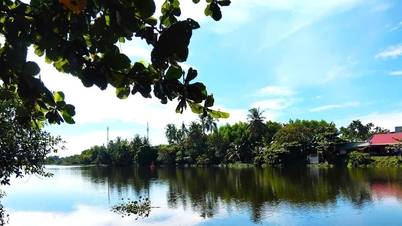



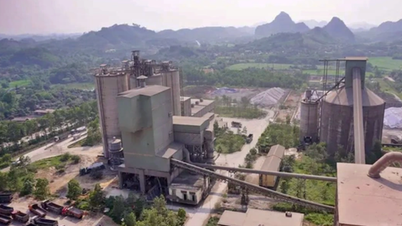



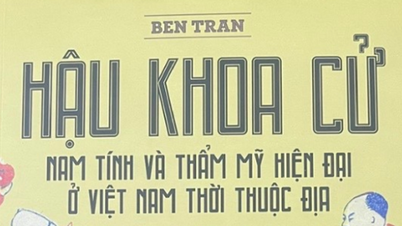

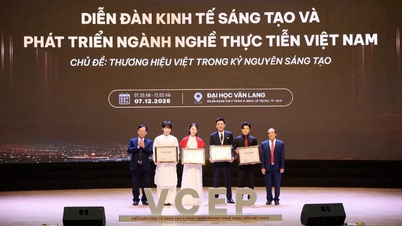





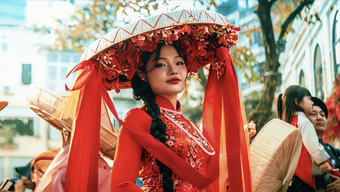
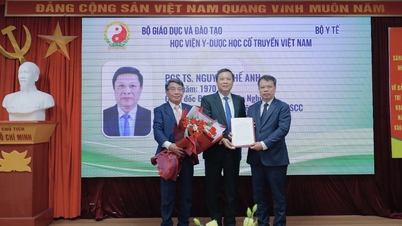

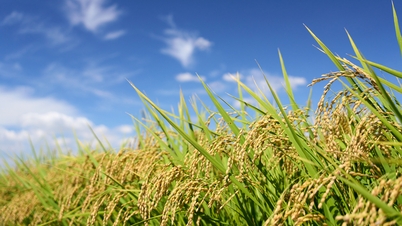

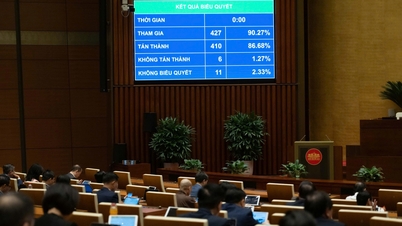

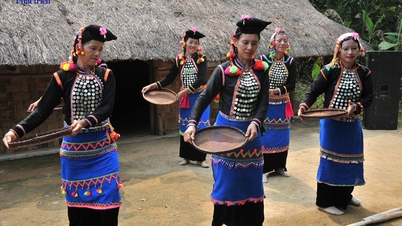


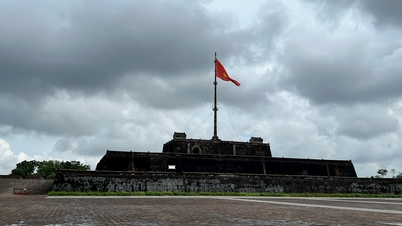
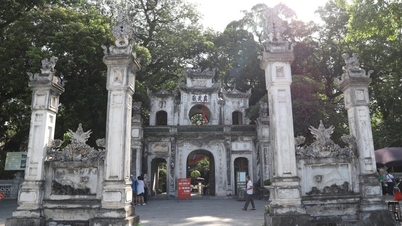



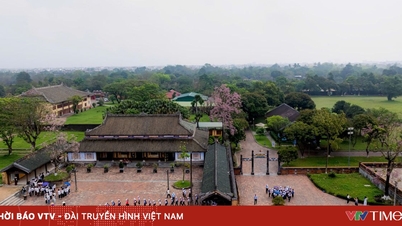








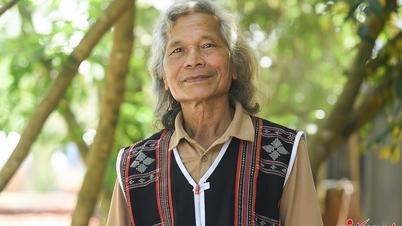



![[OFFICIAL] MISA GROUP ANNOUNCES ITS PIONEERING BRAND POSITIONING IN BUILDING AGENTIC AI FOR BUSINESSES, HOUSEHOLDS, AND THE GOVERNMENT](https://vphoto.vietnam.vn/thumb/402x226/vietnam/resource/IMAGE/2025/12/11/1765444754256_agentic-ai_postfb-scaled.png)







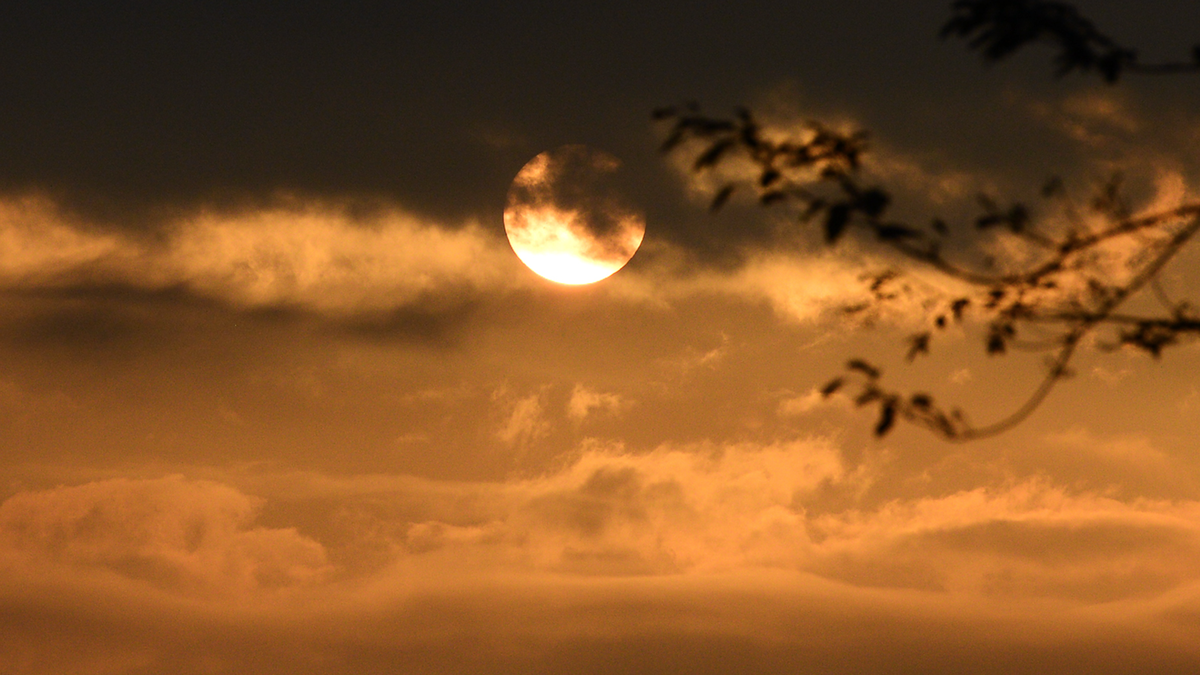

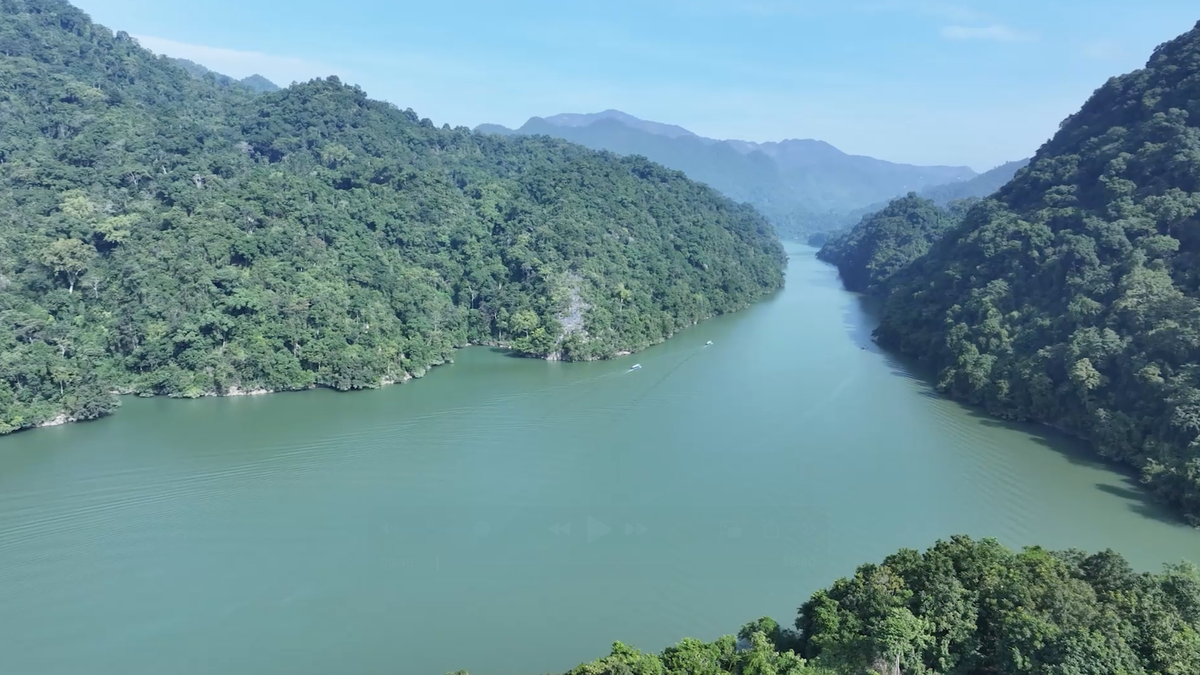








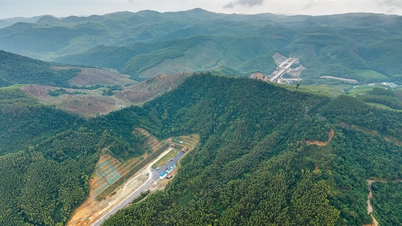





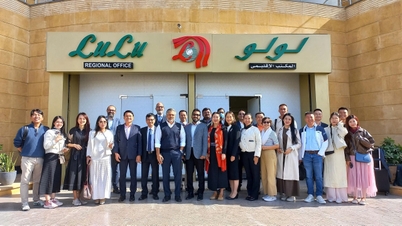










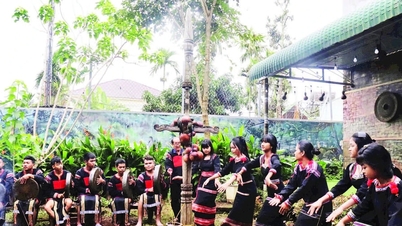

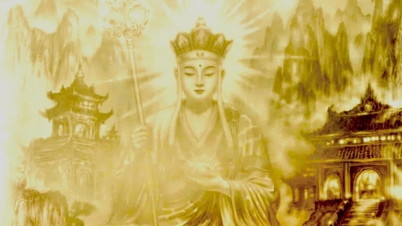



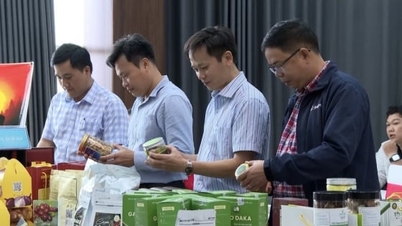







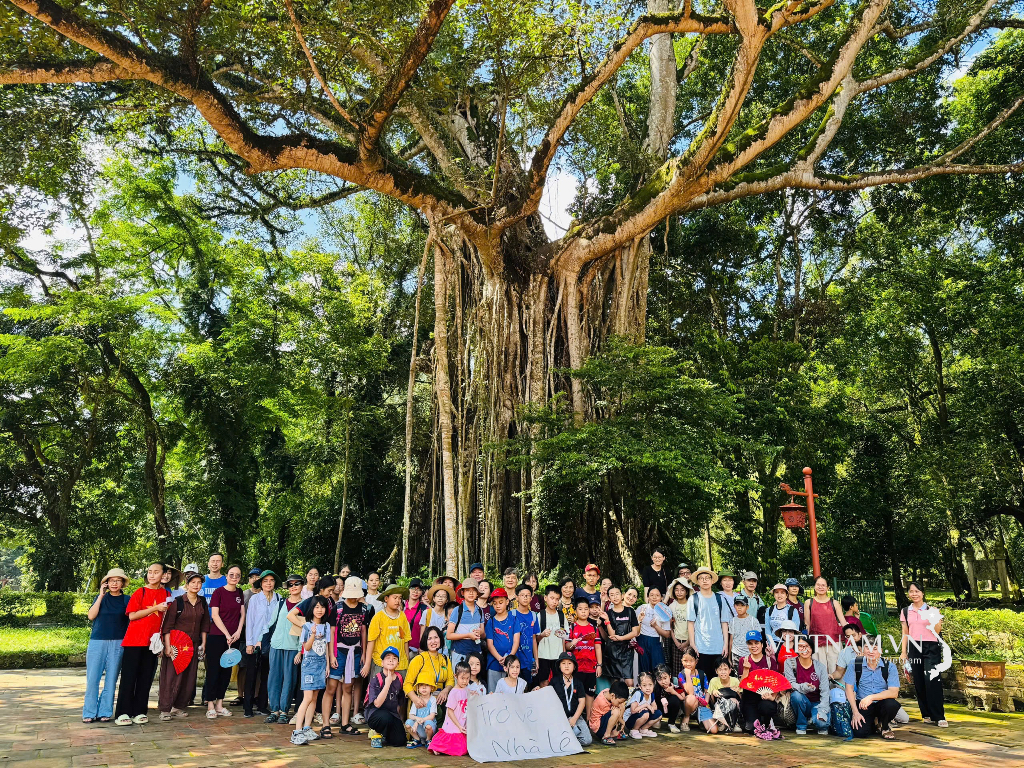



Comment (0)